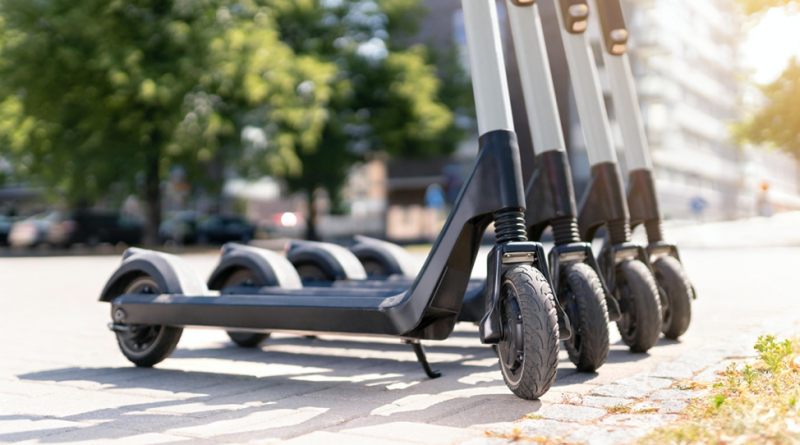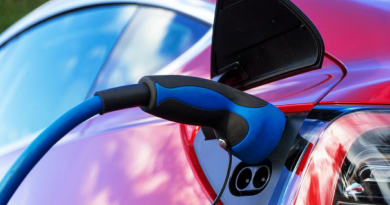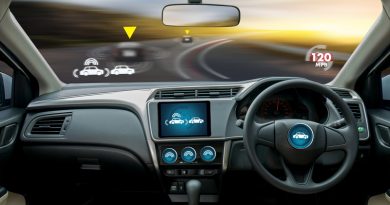How to Properly Use an Electric Scooter
Electric scooters are becoming mainstream in many areas. Spurred on by the arrival of dockless scooter rideshare apps, the scooters have proliferated throughout many urban landscapes. Their rapid ascension has not come without issue as some question the safety of the devices. Fortunately, the majority of issues can be wiped away with some basic safety and know-how.
Wear a Helmet
Dockless scooters don’t generally come with helmets. This does not mean that you shouldn’t wear one. A study from scooter use in Austin, Texas, determined that nearly half of scooter accidents were head injuries. Helmets have long been shown to offset the danger of head injuries among bike riders, and a good helmet can do the same for scooters. Especially with many areas banning scooter use on sidewalks, wearing a helmet becomes even more important. Helmets are generally not difficult to bring along, especially if you are a regular user of dockless scooters or use them as transportation rather than for sightseeing.
Don’t Ride on the Sidewalk
Like mopeds and bicycles, dockless scooters are increasingly being relegated to the streets and off the sidewalk to prevent issues with pedestrians and to keep walkways clear of hazards. While scooter riders may feel safer on a sidewalk, following the law is important, and proper safety on the rider’s part will decrease any risk from vehicles. Wearing a helmet, proper signaling, driving at a safe speed, using bike lanes, and not swerving will all help keep riders safe and keep sidewalks safe for pedestrians.
Use Hand Signals
Hand signals have long been used by bike riders, among others, as a way for a person to signal their intent while not having electric signal devices. These hand signals are effective ways to alert people to your intentions and can help avoid accidents with vehicles and pedestrians. It can also help to have used signals in the event of an accident. According to Dickson Kohan & Bablove, drivers may be liable for accidents if you’ve already taken the necessary safety precautions by showing your intent. Signaling is generally done with the left arm. Extending it fully out leftward signals a left turn, raising it upward at the elbow signals a right turn, and lowering it downward at the elbow indicates stopping.
Park Appropriately
One of the most alluring aspects of dockless scooters is that they don’t need to be returned to a specific location. The dockless nature means that you can just park it when done and move on, making it an ideal “last mile” transportation option. This also means that it is possible to leave it parked in areas that are less than ideal. Some apps will let you know if you are in an approved parking area or if you may be charged you for parking poorly. With others, you will have to use your best judgment. According to Genze, you should make sure you don’t park in places that could be an obstacle for others. For example, you should be aware of leaving your scooter in a walkway or blocking handicap parking spaces and store entrances or parking on private property.
Dockless scooters have immense potential to improve the transportation options in many areas. Like all vehicles though, improper use can result in problems, which may lead to regulations and laws. Riding safely and within the law will give you a fun and efficient way to get around.
Here’s another article you might enjoy: 4 Issues Plaguing the Electric Vehicle Industry




Pingback: 3 Decisive Factors Considered When Finding Lawyers Online - Find Legal Law